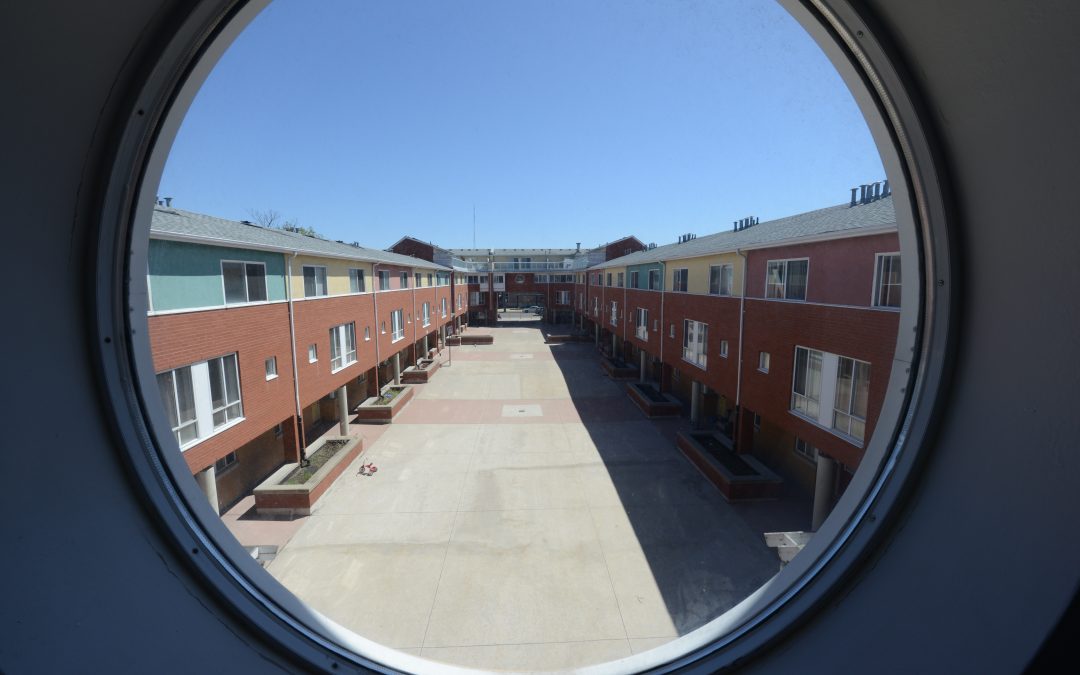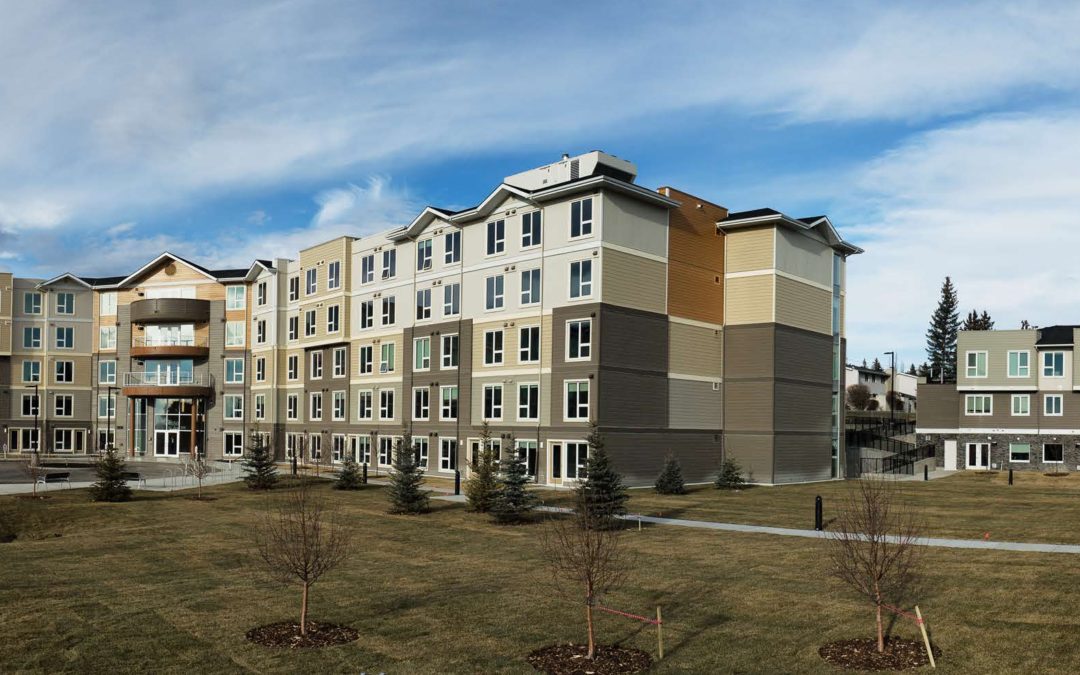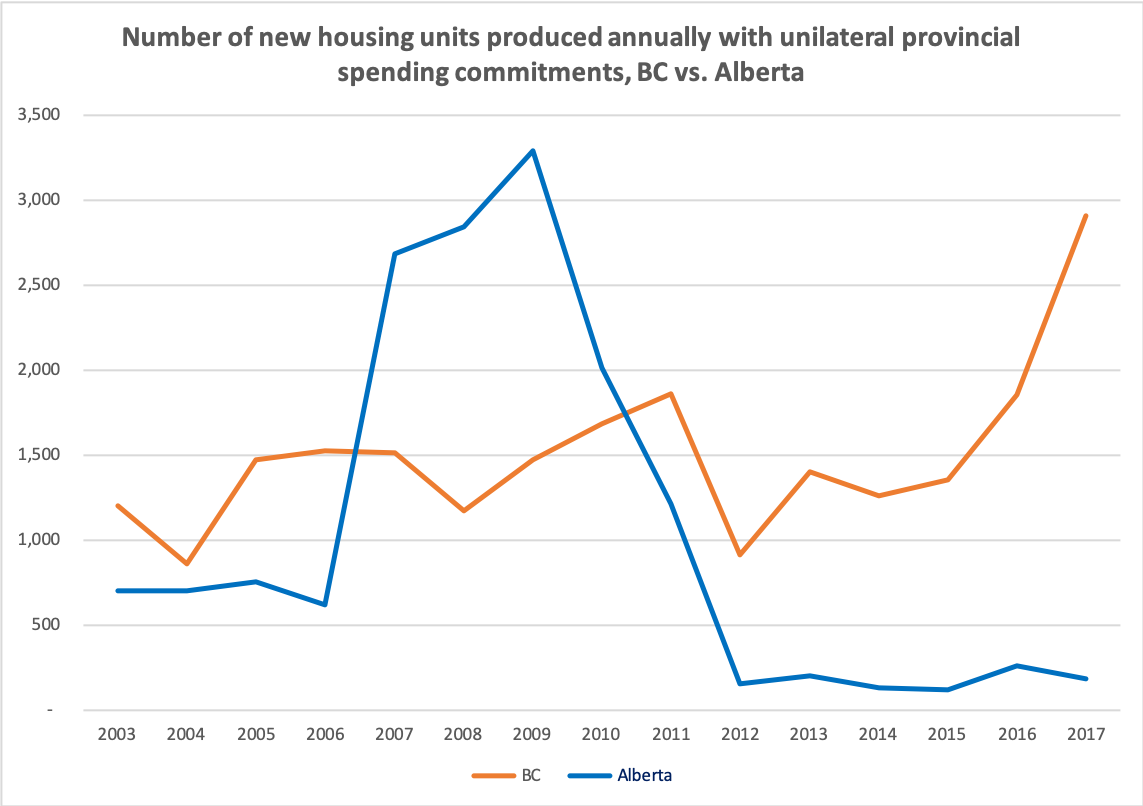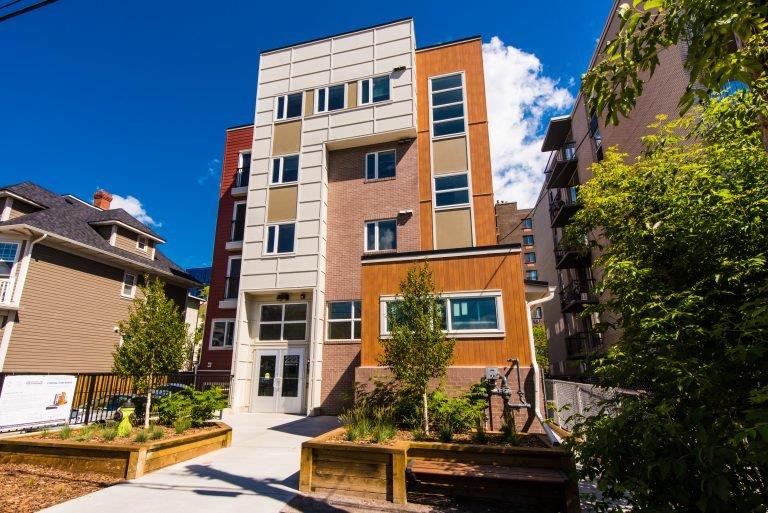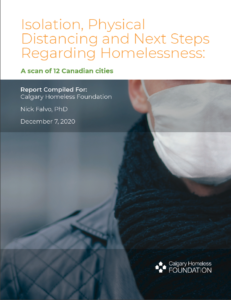
L’isolement, la distanciation physique, et les prochaines étapes concernant le sans-abrisme : Un survol de 12 villes canadiennes
L’isolement, la distanciation physique, et les prochaines étapes concernant le sans-abrisme : Un survol de 12 villes canadiennes
An English-language version of this blog post is available here.
Pendant la pandémie de la Covid-19, les fonctionnaires des grandes villes canadiennes ont travaillé de pair avec les responsables de la santé et d’autres secteurs afin d’augmenter la distanciation physique chez la population itinérante. Dans un récent rapport (disponible en anglais ici), j’offre un survol de ce à quoi ressemble la situation à Toronto, Montréal, Vancouver, Calgary, Edmonton, Ottawa, Winnipeg, Québec, Hamilton, Régina, Saskatoon et Saint-Jean.
Voici 10 points saillants issus du rapport.
- Le rapport a été commandé par la Calgary Homeless Foundation (CHF). En tant que planificateur du système d’aide aux itinérants, la CHF souhaitait faire un survol des actions prises par les autorités responsables en sans-abrisme dans d’autres villes pendant cette période sans précédent. Initialement, le rapport était destiné à un usage interne, mais la CHF a décidé de le rendre public afin que les intervenants en sans-abrisme, des chercheurs, et des militants d’ailleurs puissent mieux comprendre le portrait national.
- Les autorités responsables en sans-abrisme au Canada ont augmenté la distanciation physique grâce à de nombreuses mesures. Ils ont augmenté les mesures de distanciation physique dans les refuges existants, mis sur pied de nouvelles installations et créé des espaces prévus pour l’isolement et la quarantaine. Toronto et Vancouver se démarquent à cet égard puisque les deux villes ont garanti un nombre important de chambres d’hôtel pour qu’elles servent à ces fins.
- Les intervenants en sans-abrisme dans la plupart des grandes villes canadiennes ont continué à déplacer les gens des abris d’urgence vers des logements permanents. Ils ont également innové. Par exemple, plusieurs villes ont développé de nouveaux modèles pour déplacer les personnes itinérantes vers des logements permanents. Le rapport offre des explications détaillées à cet égard.
- Les réseaux de coopération entre les organismes se sont améliorés pendant la crise; cela est particulièrement vrai des intervenants en santé. Dans plusieurs cas, il existait la perception que les responsables locaux en santé étaient peu engagés à adresser le sans-abrisme, mais qu’ils ont amélioré leur approche pendant la pandémie. Il est espéré que ces formes de collaboration se maintiennent.
- Plusieurs autorités responsables dans le secteur du sans-abrisme ont exprimé leur frustration par rapport au manque de collaboration du secteur correctionnel. Le rapport souligne que les intervenants du secteur correctionnel libèrent les détenus sans prévoir leur hébergement, et sans faire appel aux intervenants en sans-abrisme afin de coordonner une transition vers un refuge d’urgence (il faut toutefois noter que Québec est une exception importante à cet égard).
- À travers le Canada, un nombre surprenant d’espaces prévus pour les itinérants demeurent ouverts (ou sont en cours de relocalisation). En d’autres mots, les nouvelles mesures de distanciation physique mises en place semblent durer plus longtemps que prévu. Ce « nouveau normal » variera cependant d’une ville à l’autre. Par exemple, la plupart des refuges à Calgary et Edmonton ne s’attendent pas à pouvoir se conformer à l’exigence de deux mètres.
- Il reste encore des défis dans le secteur. Bien que cela varie à travers le Canada, les défis suivants perdurent dans tout le secteur : le recours au sommeil extérieur; les salles de toilettes partagées ainsi que d’autres espaces partagées (sans compter les couts additionnels liés au nettoyage de ces espaces partagés); et le nouveau sans-abrisme engendré par le ralentissement économique[1].
- Le gouvernement fédéral canadien a annoncé d’importantes sommes de nouveaux financements depuis le début de la pandémie. Le gouvernement canadien a annoncé 157,5 millions de dollars en financement ponctuel pour Vers un chez-soi en mars 2020 (Vers un chez-soi est le véhicule de financement principal utilisé par le gouvernement fédéral pour lutter contre le sans-abrisme). De plus, en septembre 2020, le gouvernement canadien a annoncé 236,7 millions de plus pour Vers un chez-soi, ainsi qu’un milliard de dollars pour des logements modulaires, l’acquisition de terrain, et la transformation d’édifices existants en logement abordable.
- Toutefois, ces mesures de financement demeurent temporaires. Depuis le début de la pandémie, il n’y a eu aucune amélioration permanente au financement des initiatives luttant contre le sans-abrisme. Une telle amélioration pourrait : appuyer les intervenants locaux à maintenir la distanciation physique améliorée; appuyer la transition de plus de gens à partir des refuges d’urgence et des campements extérieurs vers des logements permanents; aider à payer les couts supplémentaires liés au nettoyage et au personnel liés au « nouveau normal » mentionné ci-dessus.
- Le rapport recommande le renforcement de l’Allocation canadienne pour le logement (ACL). Récemment lancée, l’ACL est essentielle à la Stratégie nationale sur le logement et offre une aide financière aux ménages à faible revenu pour leur permettre de payer leur loyer. Il est attendu que la moitié de cet argent proviendra du gouvernement fédéral et l’autre, des gouvernements provinciaux et territoriaux. L’ACL devait être lancée le 1er avril 2020; toutefois, seulement cinq provinces ont signé l’entente. Le gouvernement fédéral pourrait augmenter son apport à l’ACL afin d’encourager le restant des provinces et territoires à en faire autant. Par exemple, le gouvernement fédéral pourrait offrir d’assurer les deux tiers ou les trois quarts des couts.
En conclusion : Les autorités responsables en sans-abrisme à travers le Canada ont travaillé ardemment afin d’améliorer la distanciation physique pendant la pandémie. L’augmentation permanente du financement fédéral aiderait à maintenir le « nouveau normal » tout en trouvant des solutions permanentes de logement abordable pour les personnes itinérantes.
J’aimerais remercier Susan Falvo, Michel Laforge et Vincent St-Martin pour leur appui pendant la rédaction de ce billet.
[1] J’ai récemment écrit un autre rapport sur le sans-abrisme engendré par le ralentissement économique. Ce rapport, commandé par Emploi et Développement social Canada, est paru en décembre 2020 et est disponible ici.
